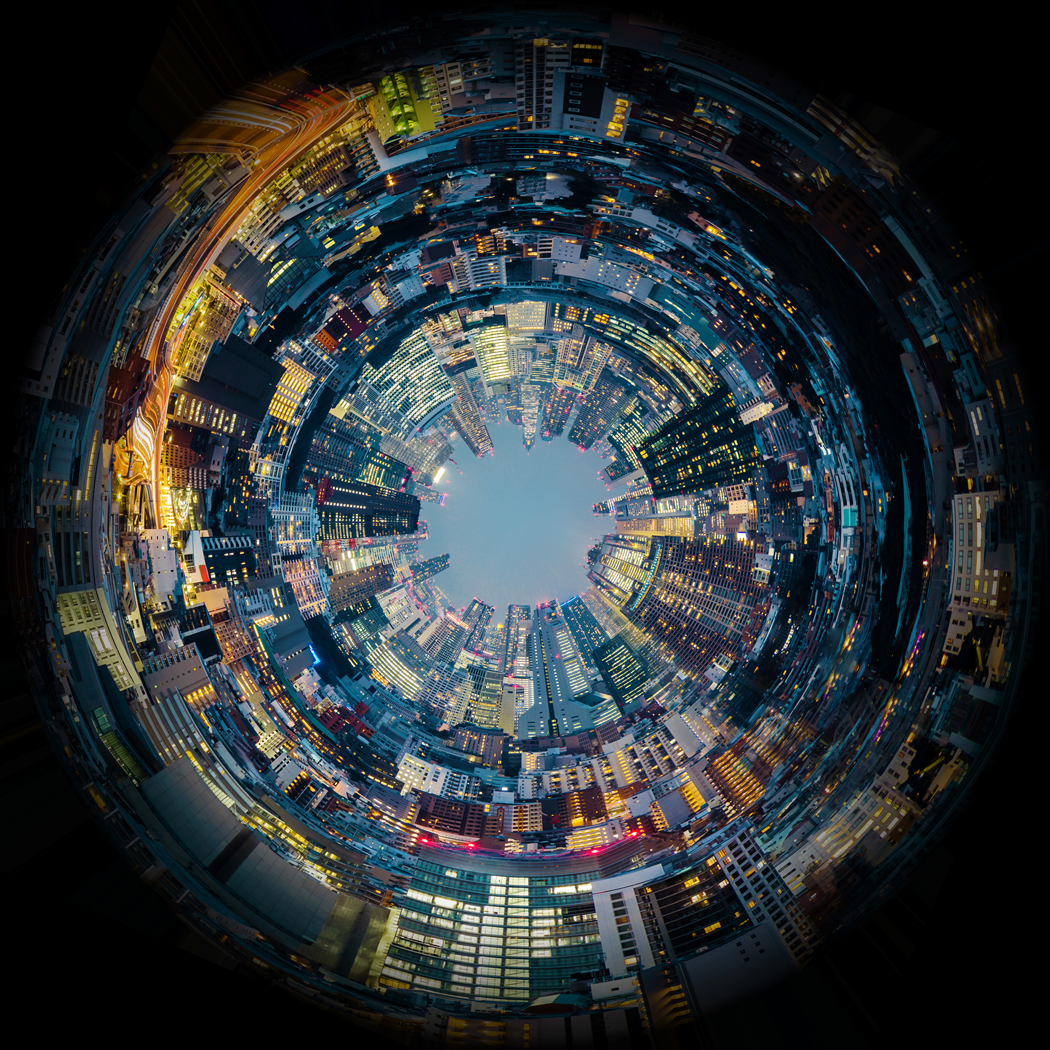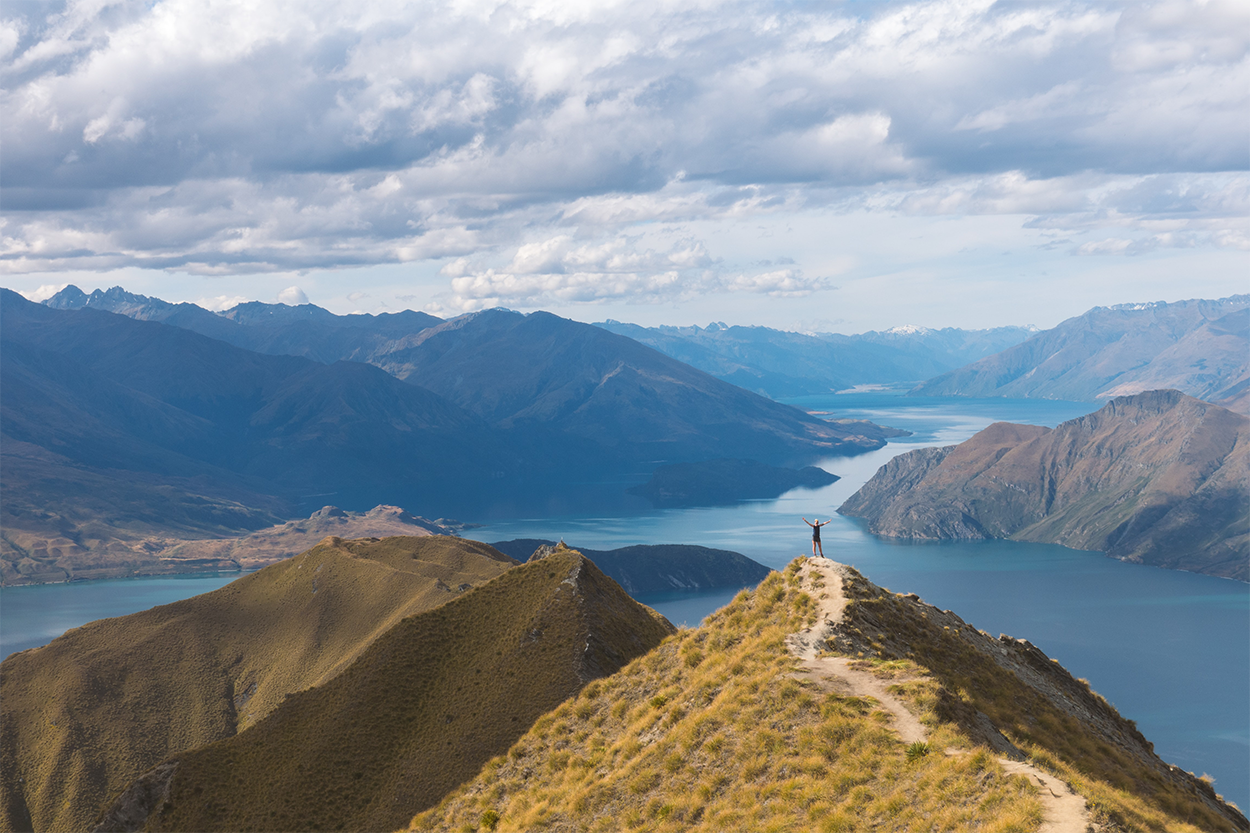-
Compliance and audit reviews
From mandates, best practice procedures or accreditations, to simply gaining peace of mind, our technical and industry experts have you covered.
-
External audit
Strengthen business and stakeholder confidence with professionally verified results and insights.
-
Financial reporting advisory
Deep expertise to help you navigate New Zealand’s constantly evolving regulatory environment.
-
Corporate tax
Identify tax issues, risks and opportunities in your organisation, and implement strategies to improve your bottom line.
-
Indirect tax
Stay on top of the indirect taxes that can impact your business at any given time.
-
Individual tax
Preparing today to help you invest in tomorrow.
-
Private business tax structuring
Find the best tax structure for your business.
-
Tax disputes
In a dispute with Inland Revenue or facing an audit? Don’t go it alone.
-
Research & development
R&D tax incentives are often underused and misunderstood – is your business maximising opportunities for making claims?
-
Management reporting
You’re doing well, but could you be doing even better? Discover the power of management reporting.
-
Financial reporting advisory
Deep expertise to help you navigate New Zealand’s constantly evolving regulatory environment.
-
Succession planning
When it comes to a business strategy that’s as important as succession planning, you can’t afford to leave things to chance.
-
Trust management
Fresh perspectives, practical solutions and flexible support for trusts and estate planning.
-
Forecasting and budgeting
Prepare for every likely situation with robust budgeting and forecasting models.
-
Outsourced accounting services
An extension of your team when you need us, so you can focus your time, energy and passion on your business.
-
Setting up in New Zealand
Looking to set up a business in New Zealand? You’ve come to the right place.
-
Policy reviews & development
Turn your risks into strengths with tailored policies that protect, guide and empower your business.
-
Performance improvement
Every business has untapped potential. Unlock yours.
-
Programme & project management
Successfully execute mission-critical changes to your organisation.
-
Strategy
Make a choice about your vision and purpose, where you will play and how you will win – now and into the future.
-
Risk
Manage risks with confidence to support your strategy.
-
Cloud services
Leverage the cloud to keep your data safe, operate more efficiently, reduce costs and create a better experience for your employees and clients.
-
Data analytics
Use your data to make better business decisions.
-
IT assurance
Are your IT systems reliable, safe and compliant?
-
Cyber resilience
As the benefits technology can deliver to your business increases, so too do the opportunities for cybercriminals.
-
Virtual asset advisory
Helping you navigate the world of virtual currencies and decentralised financial systems.
-
Virtual CSO
Security leadership and expertise when you need it.
-
Debt advisory
Raise, refinance, restructure or manage debt to achieve the optimal funding structure for your organisation.
-
Financial modelling
Understand the impact of your decisions before you make them.
-
Raising finance
Access the best source of funding for your business with a sound business strategy and rigorous planning.
-
Business valuations
Valuable decisions require valued insights.
-
Complex and international services
Navigate the complexities of multi-jurisdictional insolvencies.
-
Corporate insolvency
Achieve fair and orderly outcomes if your business – or part of it - is facing insolvency.
-
Independent business review
Is your business viable today? Will it be viable tomorrow? Give your business a health check to find out.
-
Litigation support
Straight forward advice from trusted advisors to support litigation and arbitration matters, expert determinations and other specialist hearings.
-
Business valuations
Valuable decisions require valued insights.
-
Forensic accounting & dispute advisory
Understand the true values, numbers and dollars at stake, as well as your obligations and rights to ensure value is preserved and complexities are managed.
-
Expert witness
Our expert witnesses analyse, interpret, summarise and present complex financial and business-related issues which are understandable and properly supported.
-
Investigation services
A fast and customised response when misconduct occurs in your business.

The incessant pursuit of growth comes at the expense of more important things. As economies grow, consumption grows, and the earth’s resources are depleted more rapidly than ever.
When you live on a planet with limited resources, continuous growth is simply not possible. More is not always better. Having more wealth, above and beyond a comfortable income level, won’t necessarily improve happiness. In a similar way, as nations grow their economies they lift millions of people out of poverty. However, as their GDP keeps growing, their use of resources continues rising, but human wellbeing doesn’t improve at the same rate, meanwhile the environment continues to perish.
Transitioning to a sustainable future
The future can be better. It can be sustainable. But to embrace that future, we need to let go of our pursuit of mindless growth. Instead, we need to think about degrowth.
Although degrowth sounds like a one-word answer on how to kill your business, it’s a new and better way of building a long-lasting enterprise. Degrowth is the planned reduction of resource consumption and energy use, until it reaches a point where our resources can sustain everyone.
During the Auckland Climate Festival in October, we hosted an event by Impact Hub, focused on degrowth – and it was a huge eye-opener. The panellists believe that degrowth is no longer a radical idea, but a genuine imperative for business, government and the global community.
Degrowth is not a call to close businesses, but an economic diet, as Jennifer Wilkins of Heliocene.org told our audience. She says that a gradual shrinkage and restriction of resource use could potentially be difficult or even painful, but it will have a streamlined and powerful outcome. She believes degrowth can create an economy where everyone’s needs are met, without exhausting our resources. It could massively reduce our global carbon footprint and put us on a fast track to net carbon zero by 2050 – a goal that our current trajectory will see us miss.
What degrowth will look like
Thanks to the pandemic, we already have a glimpse at what the future might look like if we stop chasing growth. The reduction in energy consumption and changes in human behaviour had phenomenal effects during the COVID-19 lockdowns, as Bill Murphy of Purpose Capital explained. He believes we can keep the upsides of lower resource use, without everyone having to stay home. His business invests in ways to help shape both energy consumption and human behaviour. Bill has some inspiring success stories about investing in renewable energy, as well as funding circular business models that embrace a sharing economy. Projects like build to rent housing for long-term tenants; solar farms to provide renewable energy; and iwi-led open ocean aquaculture.
Investing in sustainability, circularity and degrowth will also shape our urban environments, says Ben van Bruggen of van Bruggen Urbanism. He talked to our audience about how better cities can shape human lives for the better. Moving around on foot, scooter or bike; living within 15 minutes of everything you need; eliminating the long single-person car commute that pushes up our emissions. A ’15-minute city’ would cut pollution, reduce energy use and boost wellbeing. It would mean fewer respiratory illnesses and help create connected communities which improve mental health.
In some ways, degrowth takes us back to earlier times, when we lived more holistically in tight-knit communities, took care of each other and stewarded our limited resources. Tori McNoe highlighted this when she took a Te Ao Māori/indigenous lens to the concepts underpinning degrowth. Tori talked to our audience about Aotearoa’s unique worldviews based on Māori culture, family and education.
This worldview helps us give degrowth a New Zealand perspective. She used the parable of the kūmara to demonstrate a different approach to value: “E rua e rua te kūmara me te pūtea, kāore he hua ōna ki tua atu i te whāngai tangata.” Money is like a kūmara; it has no value outside of its ability to sustain people.
A new focus for the future
For a sustainable future, we cannot keep pursuing constant growth. In the same way that Bhutan measures Gross National Happiness rather than GDP, we need to turn our attention to measurables beyond economic growth. That applies to our national GDP, and also to our individual businesses.
As we enter a period of transition, it is clear that all businesses need to prepare. Today’s business model is unlikely to cut it in the future. Few businesses are close to true sustainability. Now is the time for businesses to consider the ideas that will make them sustainable and future -fit.
Instead of just thinking about your business’s revenue growth for the year, what else could you measure? How well do you use and reuse materials? How much energy could you reduce? How is your organisational happiness? Changing the way you think about success away from simplistic, traditional measures is a vital step to creating a sustainable company that’s ready for the future.



